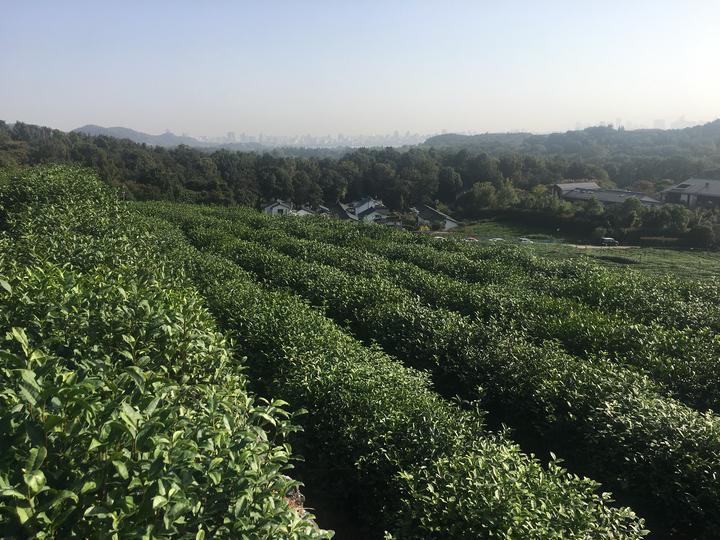Phylogeny, biogeography, and diversification of the tea family (Theaceae)
 A green tea plantation in Hangzhou, China. Photo by Yujing Yan, 2021
A green tea plantation in Hangzhou, China. Photo by Yujing Yan, 2021
Theaceae (the tea family) has a highly unusual amphi-Pacific disjunct distribution: most extant species in the family are restricted to subtropical evergreen broadleaf forests in East Asia, while a handful of species occur exclusively in the subtropical and tropical Americas
In this project, I tried to uncover the biogeographic history of the family and provide new insights for the high richness of the family in subtropical and tropical Asia.
I
- Compiled datasets of distribution, fossils and traits of the tea family.
- Sequenced and de novo assembled the plastid genome, nuclear ribosomal DNA, and ~350 low-copy nuclear genes from herbarium specimens using genome skimming and target enrichment method.
- Constructed dated phylogenies using phylogenomic methods.
- Inferred biogeographic history, diversification rate and trait evolution of the family based on the data.
